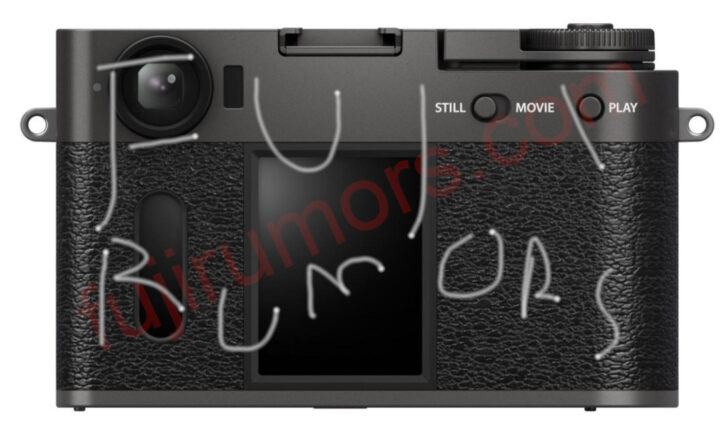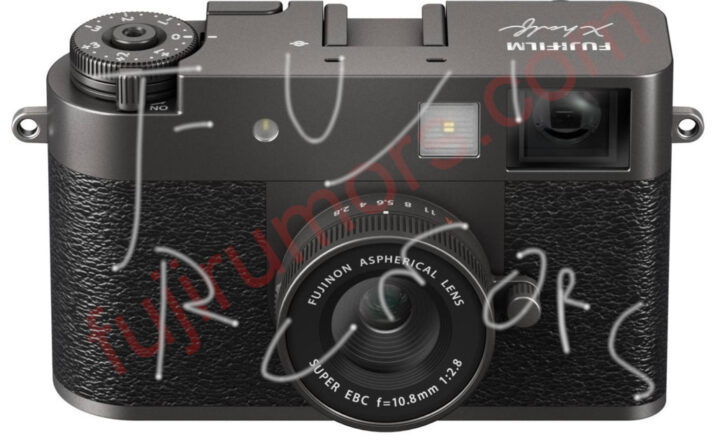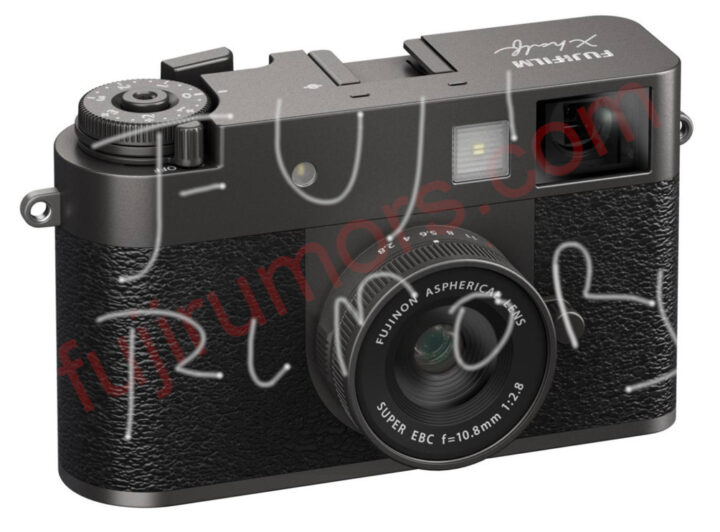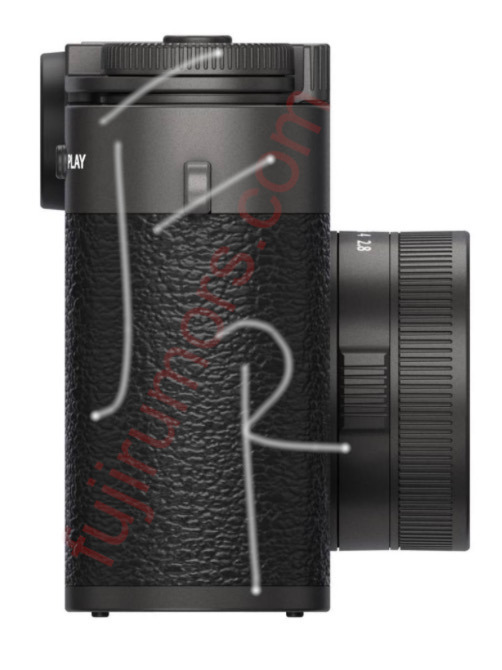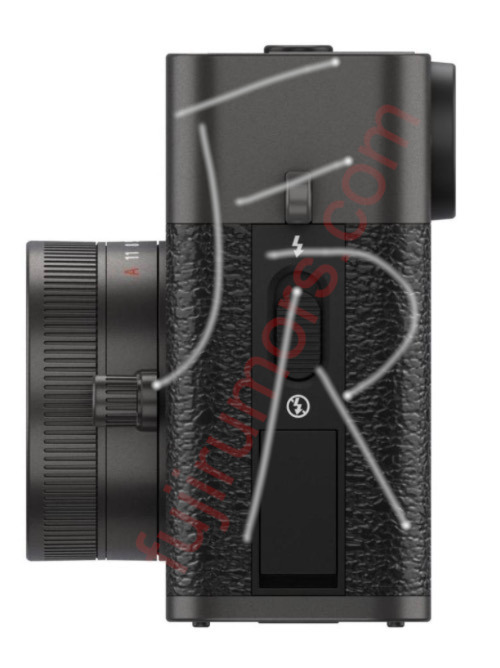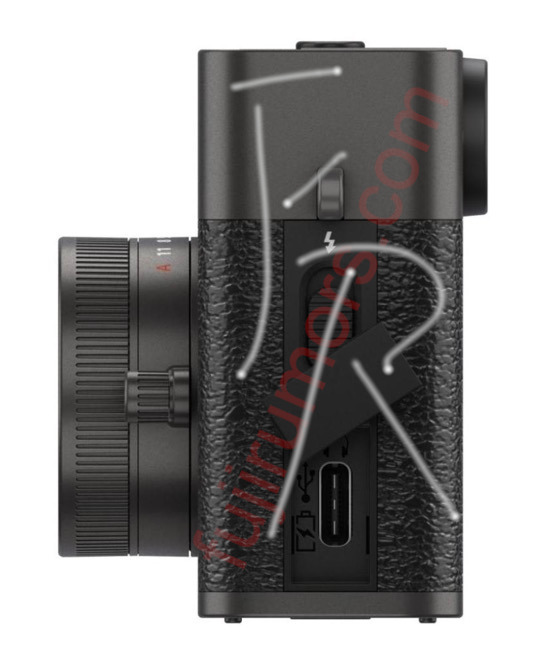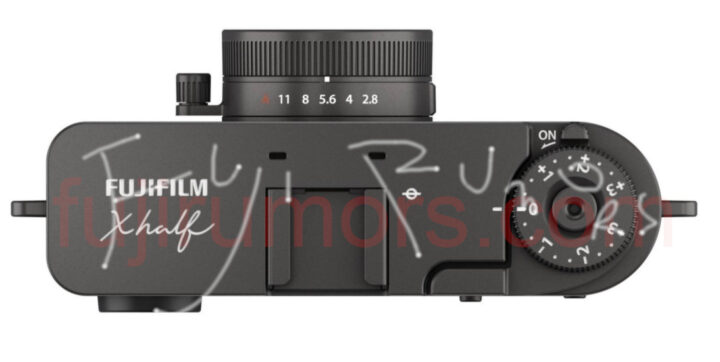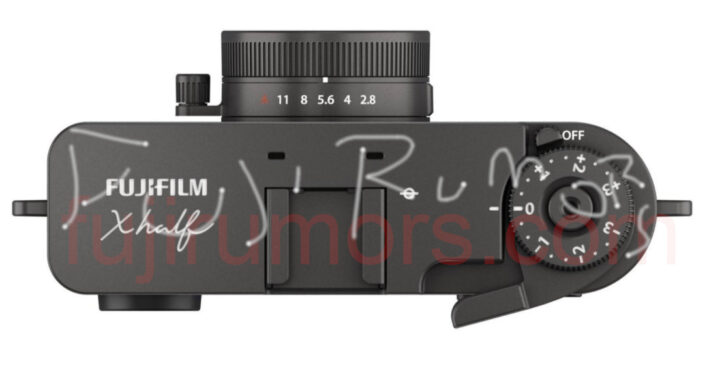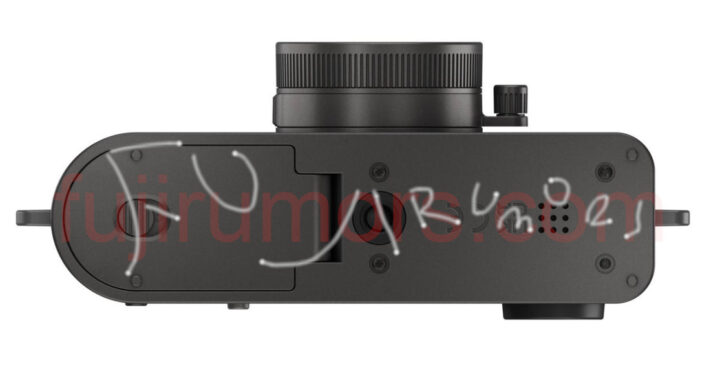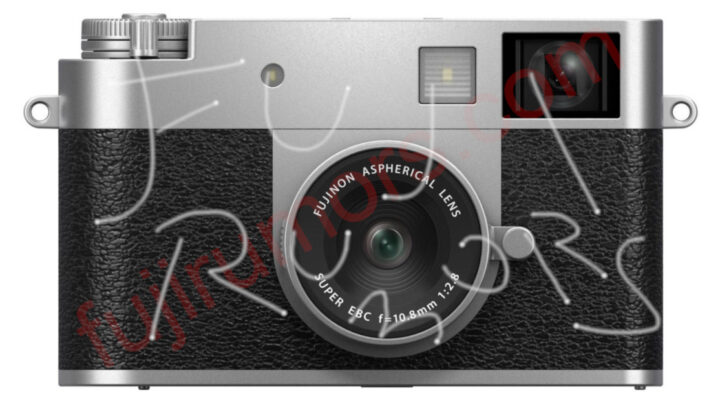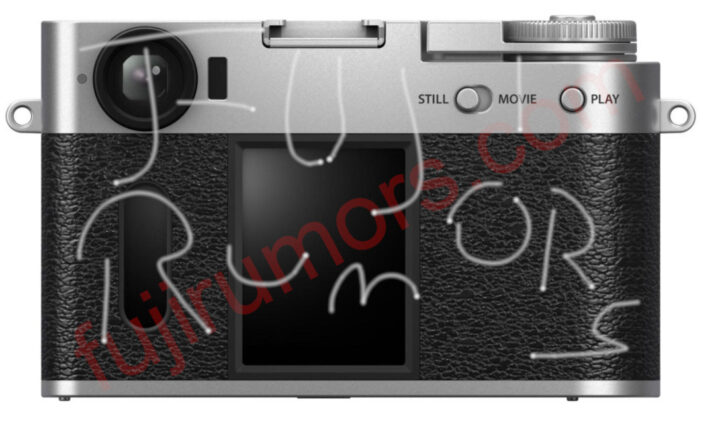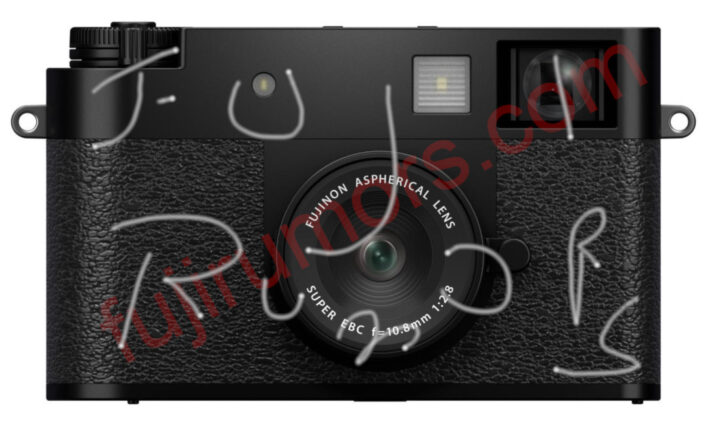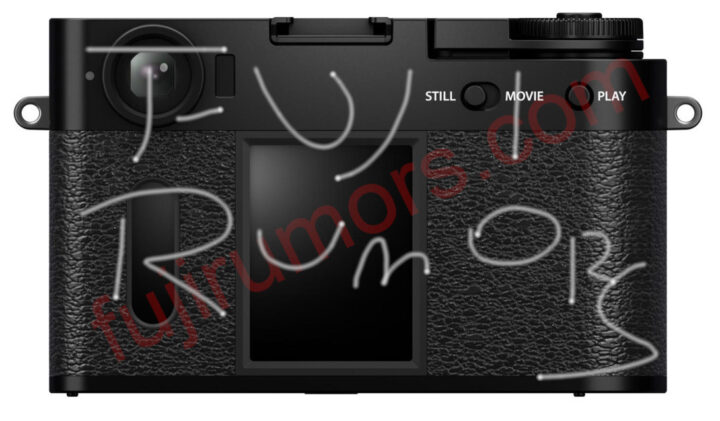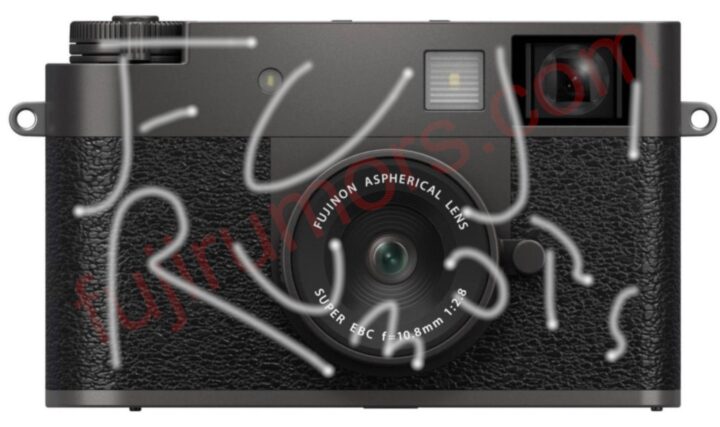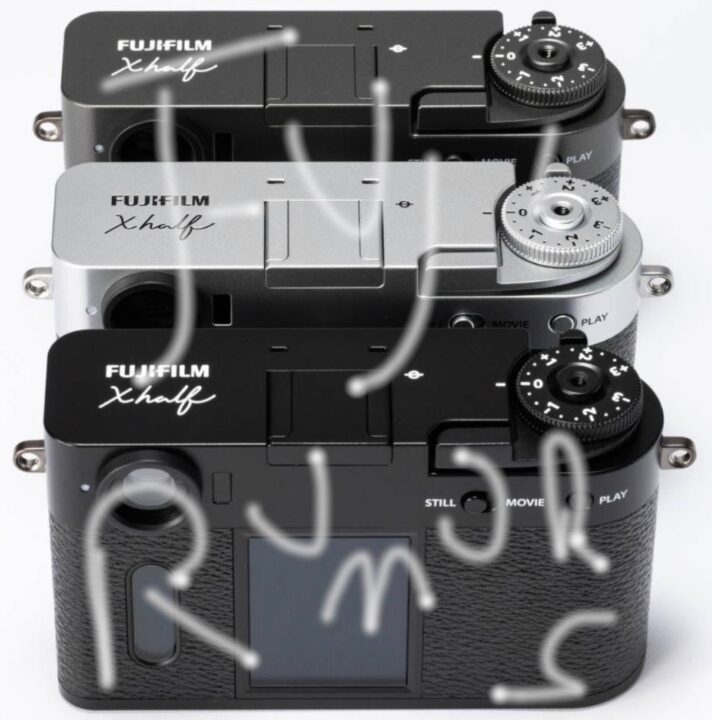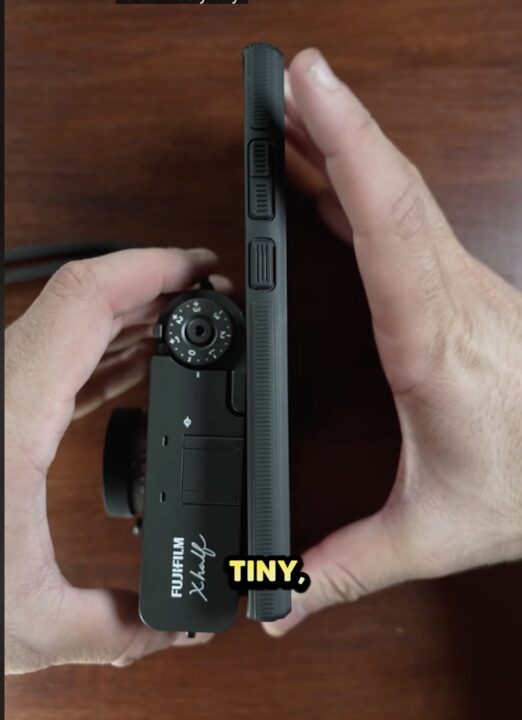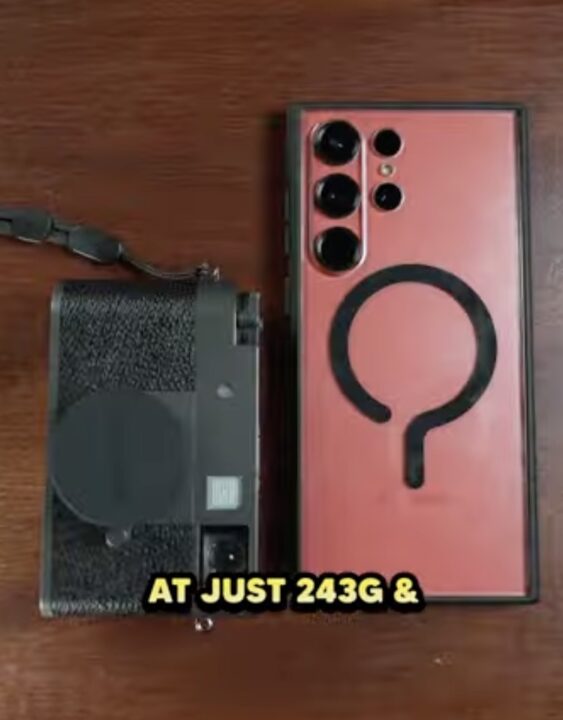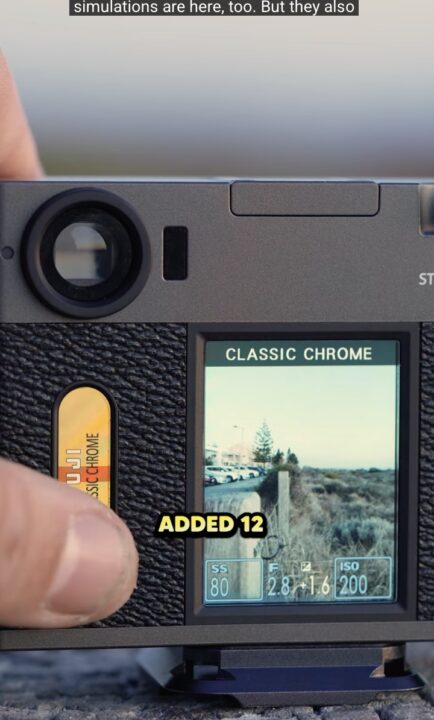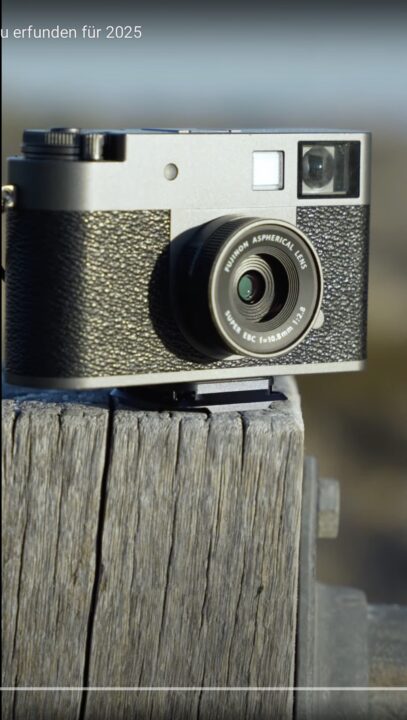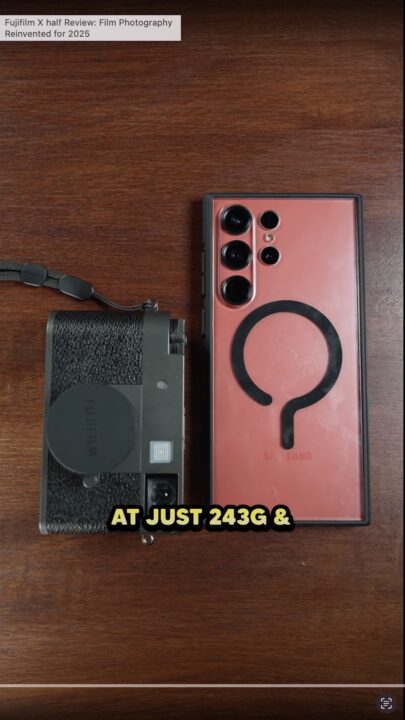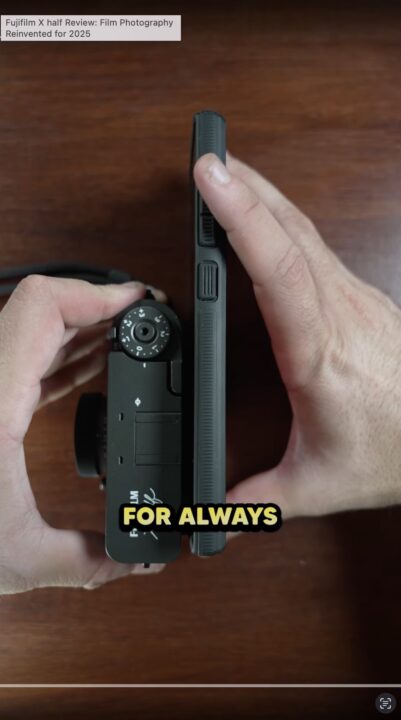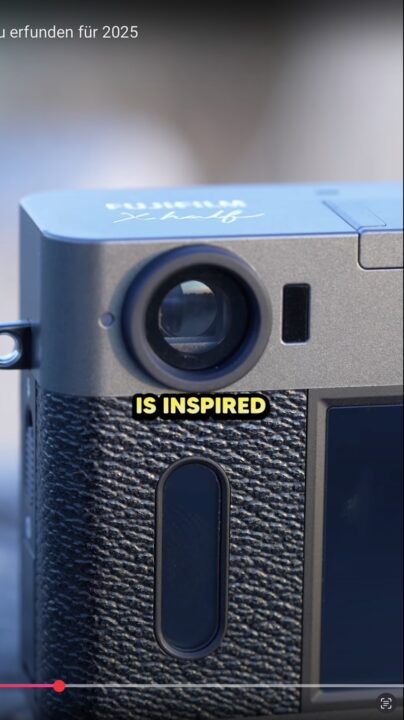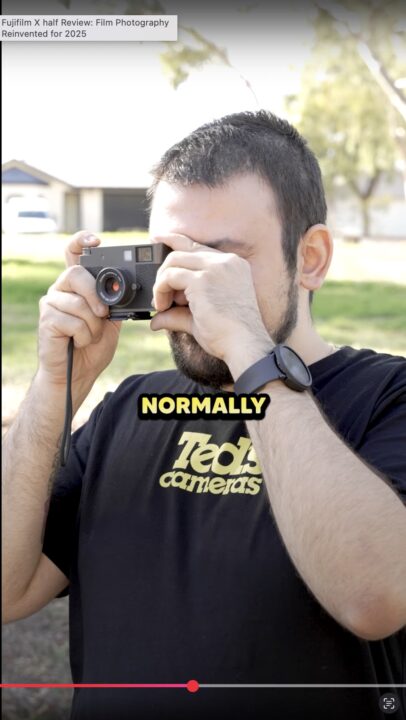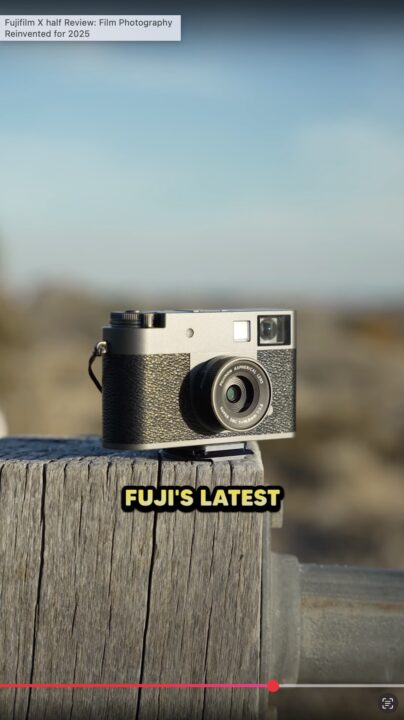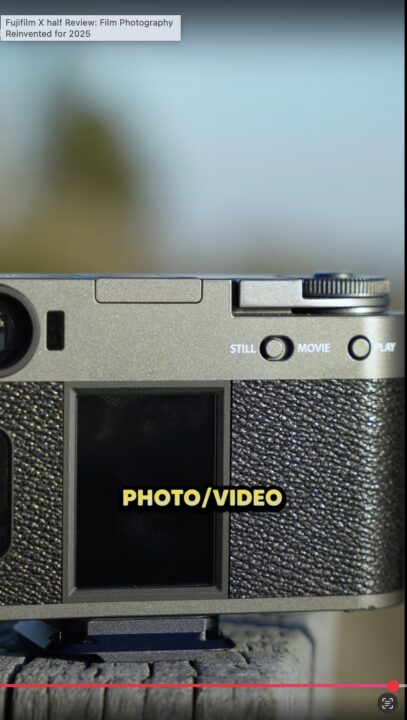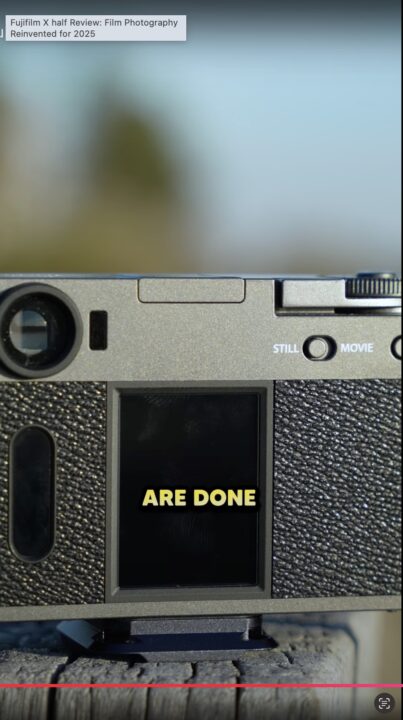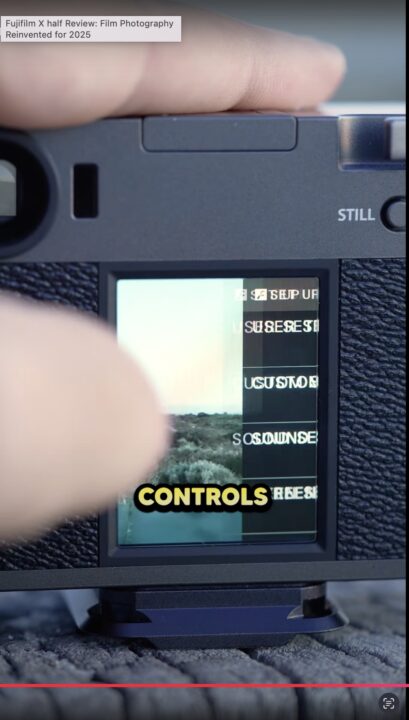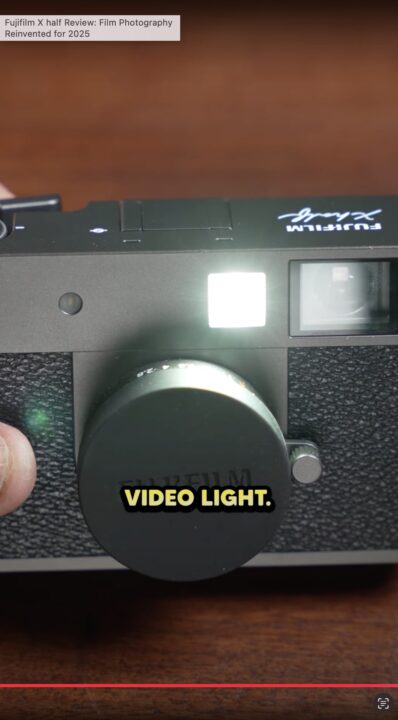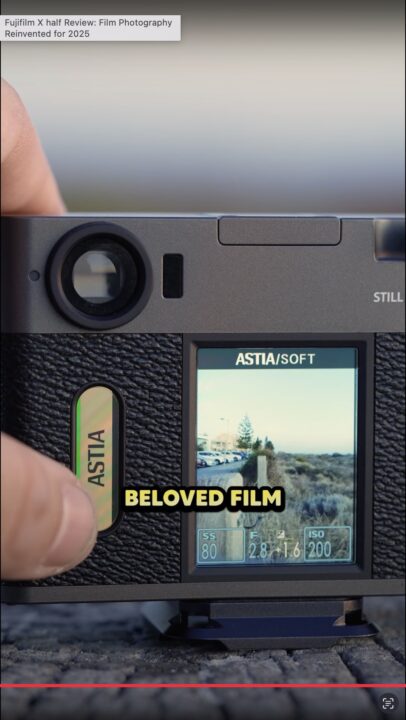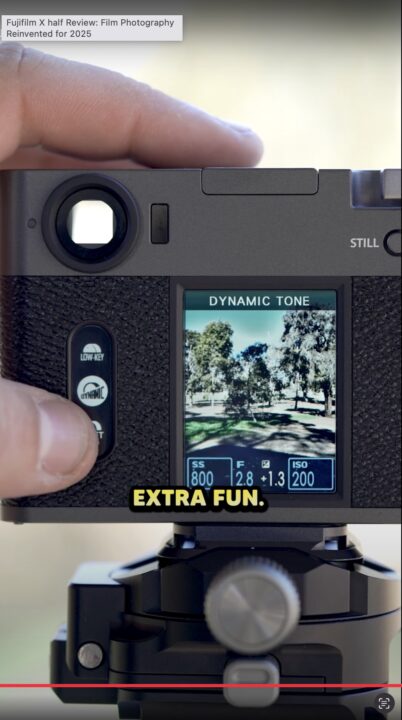Fujifilm X-E5 Announcement in June: Expectations, Wishlists and Hopes
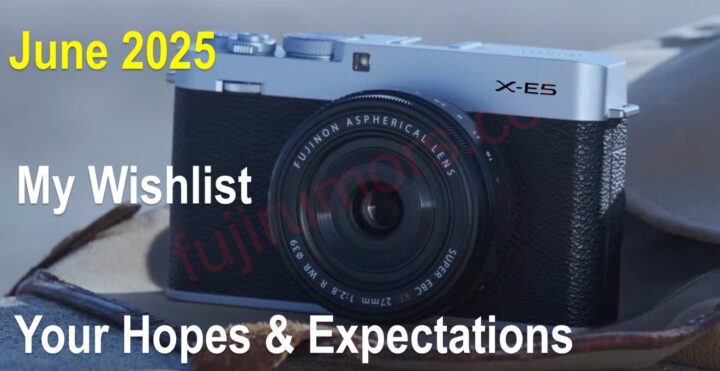
So, we just told you that the Fujifilm X-E5 will be announced in June.
I thought it would be nice to update our wishlist for the Fujifilm X-E5.
I’ll make the start:
NOTE: I honestly have no idea about the X-E5 specs. Hence below I go totally with random wishes.
- Must Have
– 5th generation processor
– latest AF - Nice to Have
– 40MP
– IBIS
– combined shutter/ISO dial
*** yes, I know that all of this would make it very expensive for an X-E camera. But we can dream here - Not Necessary (saves Money)
– weather sealing
– dual SD-Card slot
– improved video features - No-Go
– fully articulating screen
*** fixed screen or simple 2 way tilt screen is all I need
So, that’s my quick list.
I guess only the fully articulating screen would make it a dealbreaker for me. As for the rest, I am willing to pay more to get what’s in my “nice to have” list. And with “pay more” I mean I find it OK if the price goes beyond 1K to have those features.
But I know some might disagree with me, as the Fujifilm X-E line is traditionally one of Fuji’s sub-1K cameras. And probably many want to keep it this way.
If out of everything in my “nice to have” list I’d have to pick one, I’d go for the combined shutter/ISO dial, which is Fuji’s most irrational and yet brilliant dial.
And yes, I know the 40MP and IBIS would give me a more “powerful” camera. But ultimate performance is not why the main reason why I chose to shoot with the X-E line in the first place.
I shoot with the X-E line because I like the experience. It’s simplicity and size, its look and feel.
So if I have to pick between features that make the camera more “powerful”, and others that make the camera more enjoyable to use, I go for the latter one. And the combined ISO/Shutter dial would be the perfect icing on that cake.
But feel free to make your own list in the comments.
Will I buy one?
Unless Fujifilm puts a selfie screen on it (although it has some good use also for stills images), I will get one for myself.
But I also won’t sell my X-E3 just yet… and you should not sell your X-E3 or X-E4 either for the reasons I’ve explained here.
Related Articles


